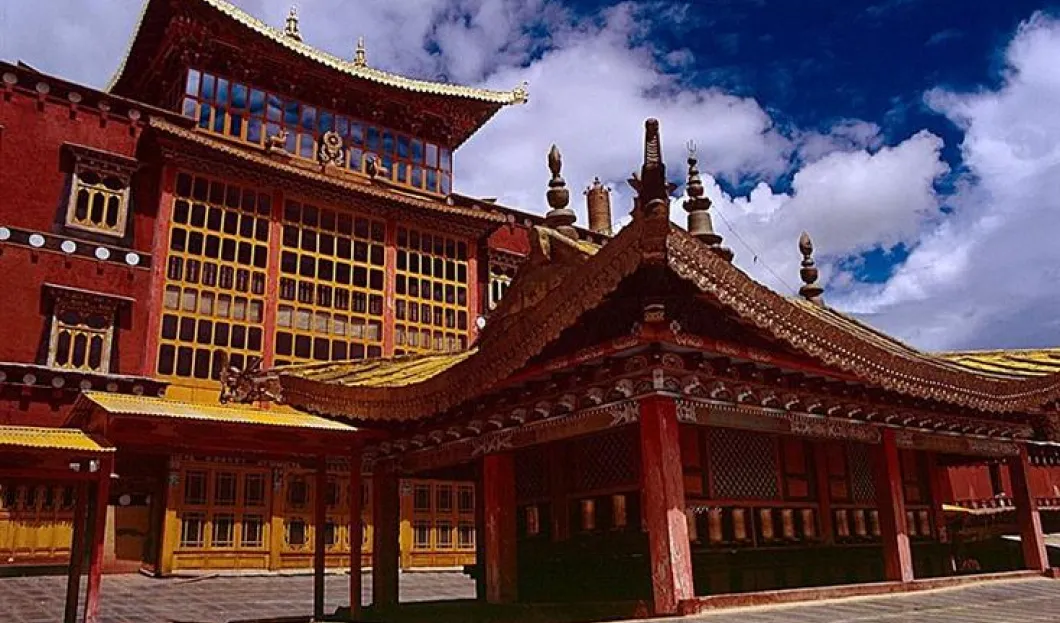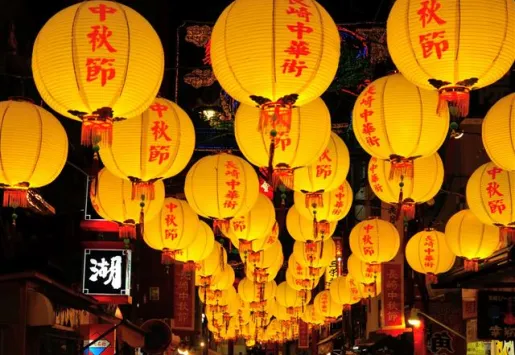
In the town of Shangri-La, tourism is an important revenue stream, but the tourist dollars and presence are changing the area. Some residents welcome the changes, which include a new railway set to open in 2015, but all have had to make concessions. A Buddhist monastery receives income from opening its doors to tourists, but it disrupts the daily lives of the monks who live there.
Shangri-La is a small county in the Yunnan Province of China. It petitioned for the change of name in 2002, and previous to that it was known as Zhongdian. The new name comes from the 1933 James Hilton novel, "Lost Horizon." Shangri-La is a place in the novel where humans, nature and differing religions all co-exist peaceably.
The town is located in Diqing, Tibet, an autonomous prefecture of the Yunnan Province. Tourist dollars coming in to the neighboring town of Lijang are believed to be the reason for the requested name change. Government officials believe that tourism dollars are the road to successful poverty relief efforts, but not everyone is so sure of this. Opportunities for the poor must be made within the new economic development in order for the tourism dollars to have a real effect.
Shangri-La has the Diqing Shangri-La airport, one of the largest in the Yunnan Province. It provides regular flights from large cities in China such as Beijing, bringing tourists to the area. It was completed in 1999, and when it is joined by the railway due to be completed in 2015, there may be even more traffic through the airport as the railway links Shangri-La with two other tourist hotspots in the Yunnan Province.
The town itself is beautiful and peaceful, with residents such as Rose of Rose's cafe more worried about stepping in yak dung in the dark than their safety at night. However, residents have noticed the changes caused by tourism and some are worried. Rose has noted that due to customer pressure, she has had to start allowing indoor smoking in the cafe, something that used to be banned.
The modern Chinese middle class is growing, and the households have more disposable income than ever. They travel to places like Shangri-La, in order to see a different part of the country. However, their impact is significant in more ways than just the money they bring. An ecological study found that the average visitor to Shangri-La used as many resources in eight days as a resident would in six months.
Sometimes, there is a culture clash as well. The Tibetan Buddhists that make up many of the town’s residents would never consider cheating normal, but many tour guides in other parts of the country think of this as ordinary. Guide Lobsang Yangzom was initially offended when domestic tourists accused her of cheating them, but has now come to understand where the tourists are coming from.
WildChina has been conducting trips in the Yunnan Province since 2002. They have seen changes in the region because of tourism, but are optimistic. The use of sustainable tourism methods and the hiring of local guides have improved over this period of time, as well, says Office Director Nellie Connolly.













